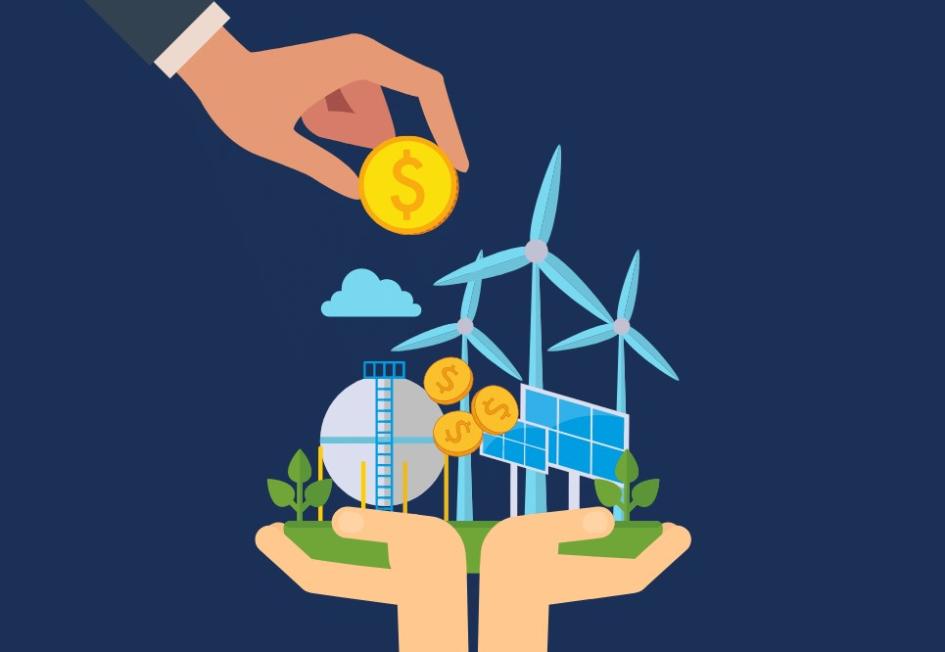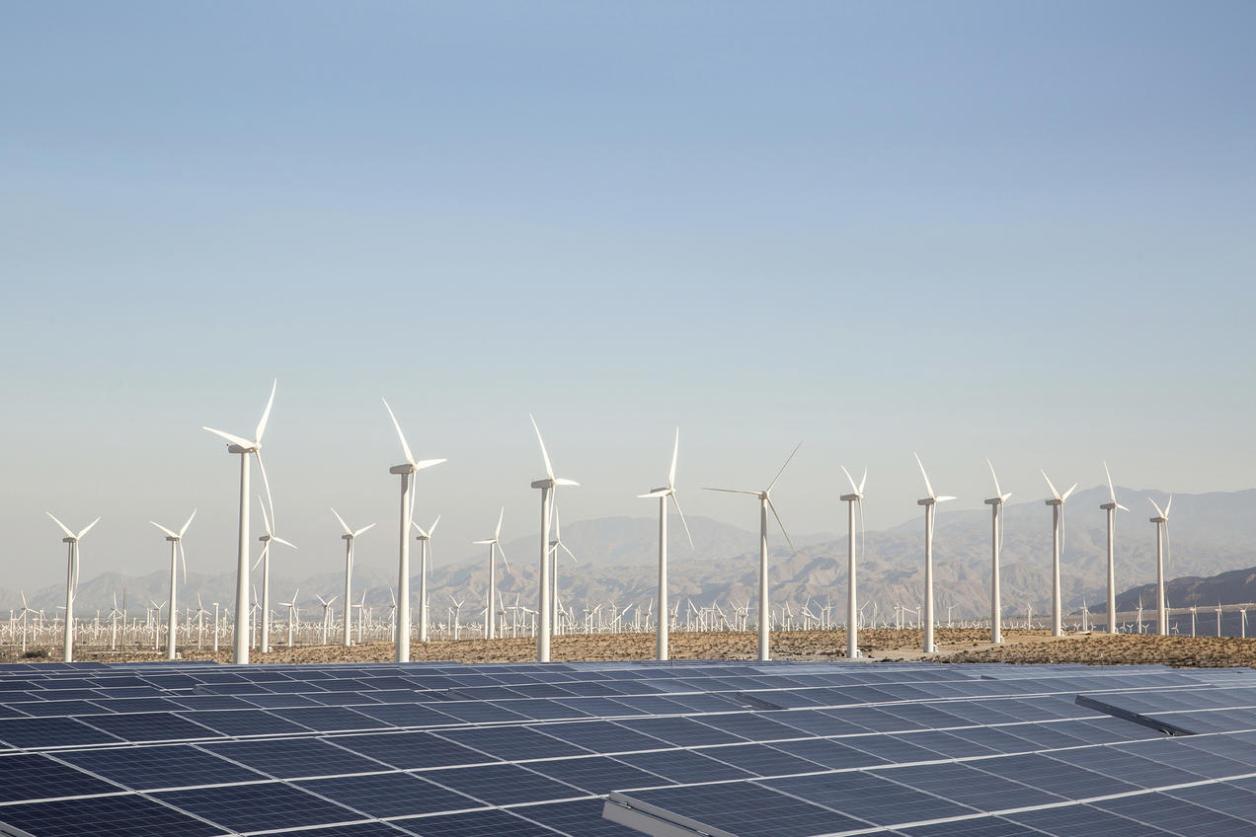What Are the Different Types of Renewable Energy Incentives Available?
As the world faces the challenges of climate change and energy security, renewable energy sources are becoming increasingly important. Governments, businesses, and individuals are all looking for ways to reduce their reliance on fossil fuels and transition to a clean energy future. One of the key drivers of this transition is the availability of renewable energy incentives, which can help to make renewable energy more affordable and accessible.

There are a variety of different types of renewable energy incentives available, each with its own unique benefits and drawbacks. Some of the most common types of incentives include:
- Tax credits: Tax credits are a direct reduction in the amount of taxes that a taxpayer owes. They can be claimed by businesses and individuals who invest in renewable energy systems.
- Rebates: Rebates are a direct payment from the government or a utility company to a taxpayer who installs a renewable energy system.
- Net metering: Net metering allows solar energy system owners to sell the excess electricity they generate back to the grid at retail rates.
- Renewable portfolio standards (RPS): RPSs require utilities to generate a certain percentage of their electricity from renewable energy sources.
- Feed-in tariffs (FITs): FITs are a fixed price that utilities must pay for renewable energy generated by independent power producers.
The availability of renewable energy incentives can vary significantly from country to country and state to state. However, there are a number of resources available to help individuals and businesses find the incentives that are available to them. The Database of State Incentives for Renewables & Efficiency (DSIRE) is a comprehensive resource that provides information on renewable energy incentives in all 50 states. The U.S. Department of Energy also provides information on federal renewable energy incentives.

Renewable energy incentives can play a significant role in reducing the cost of renewable energy systems and making them more affordable for individuals and businesses. By taking advantage of these incentives, you can help to reduce your energy bills, reduce your carbon footprint, and contribute to a clean energy future.
Benefits Of Renewable Energy Incentives
There are a number of benefits to using renewable energy incentives, including:
- Reduced energy costs: Renewable energy incentives can help to reduce the cost of renewable energy systems, making them more affordable for individuals and businesses.
- Increased energy independence: By using renewable energy, you can reduce your reliance on fossil fuels and become more energy independent.
- Reduced carbon footprint: Renewable energy sources do not produce greenhouse gases, so using them can help to reduce your carbon footprint and contribute to a clean energy future.
- Job creation: The renewable energy industry is a growing industry, and it is creating new jobs in manufacturing, installation, and maintenance.

Renewable energy incentives are a key driver of the transition to a clean energy future. By providing financial and other incentives, governments, businesses, and individuals can help to make renewable energy more affordable and accessible. This can help to reduce energy costs, increase energy independence, reduce carbon emissions, and create jobs.
If you are considering installing a renewable energy system, be sure to research the incentives that are available to you. By taking advantage of these incentives, you can help to make your renewable energy system more affordable and contribute to a clean energy future.
YesNo

Leave a Reply